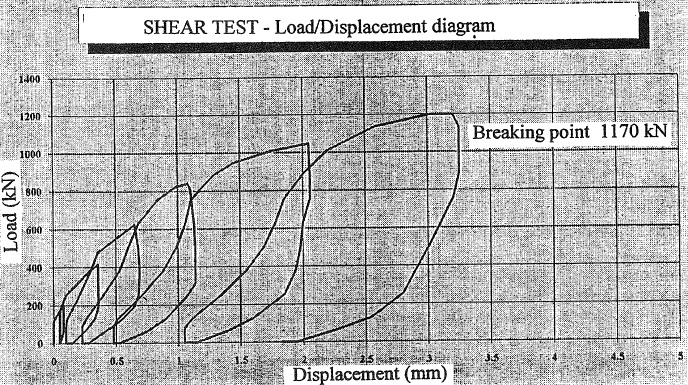ROMUALDO MONTAGNA
ABSTRACT
It is common knowledge that restoring a building involves not only the physical rebuilding of its parts, but also the identification and conservation of the peculiarities of each building as a first stage. Therefore, the process leading to the identification of the main features becomes important and a chief part of the restoration project.
There are two fundamental aspects in this process: the dating of each part of the building, and the evaluation of the actual strength of building components (masonry, foundations, floors, etc.). Dating the building entails an evaluation of the way it stands, whilst the knowledge of forces leads to an evaluation of the level and the type of intervention required. Obviously, the more information we obtained on the actual stress, the better the restoration project we were able to conceive.
In the case of Palazzo Pian ciani, for eXaJrnple, direct shear test on the masonry, both in its present-day state and following fluid-mortar consolidation, let us to opt for no mortar injection into the masonry, thus saving about US $1.55 million compared to a diagnostic cost of US $50,000.
The paper shows the results on an 18th-century building and what this method can offer to the designer in order to optimize restoration work.
F-53



